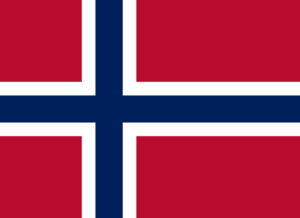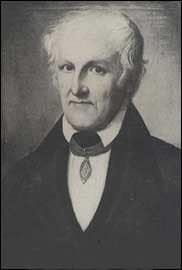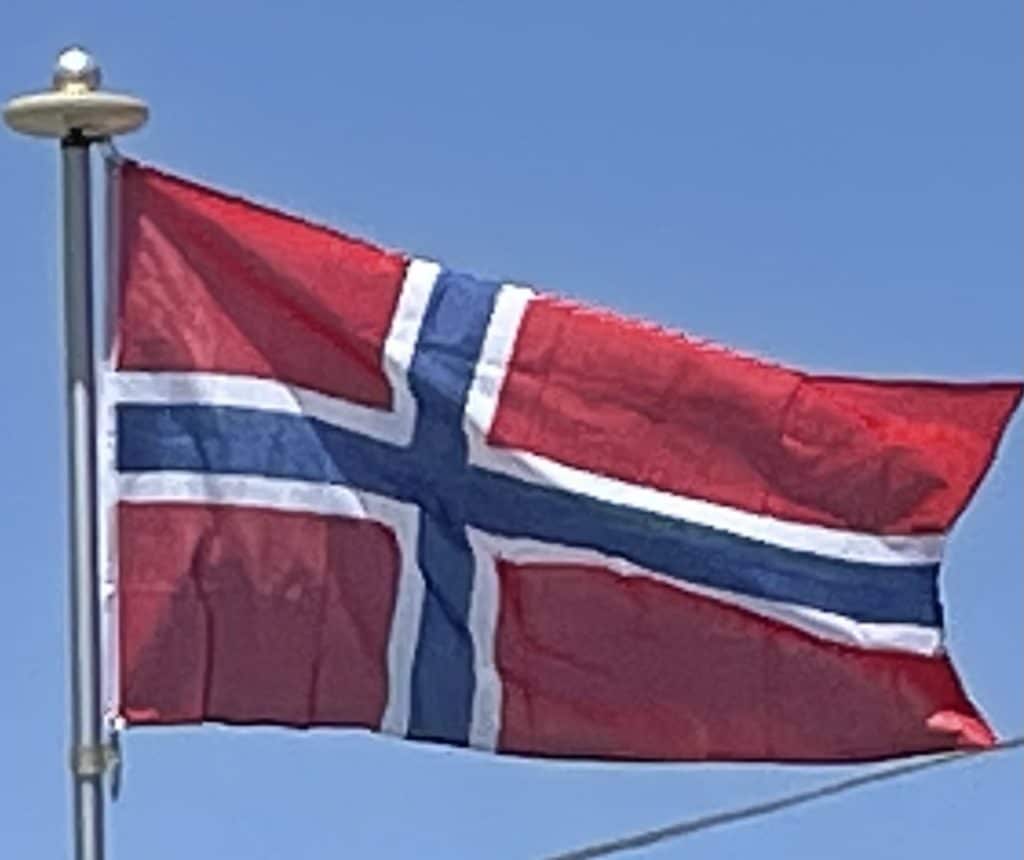
It is difficult to establish what the earliest flag of Norway looked like. During ancient times countries did not fly flags.
The current flag of Norway was designed in 1821 by Fredrik Meltzer, a member of the parliament (Storting). It was adopted by both chambers of the Storting on 11 May and 16 May, respectively. However, the king refused to sign the flag law, but approved the design for civilian use by royal order in council on 13 July 1821.
Fredrik Meltzer submitted his proposal just in time to be exhibited in parliament on 4 May 1821 together with a large number of other proposals. It was approved by both chambers during the following two weeks. Meltzer himself provided no written explanation for his choice of design and colors. However, his intentions may be inferred from an earlier letter of 30 April with his comments regarding the proposal from the flag committee. That design was divided quarterly red and white. Meltzer objected to the colors because they were too similar to those of the Danish flag. He added that it would be equally unseemly to choose the colors of any of “those states with which we have been or are connected with”. Instead, he recommended a tricolor of red, white and blue, “three colors that now denote freedom, such as we have seen in the French flag of freedom, and still see in that of the Dutch and Americans, and in the Union of the Englishmen”.

His eventual choice a few days later of a Nordic cross was clearly based on the tradition established by the other Nordic countries, Denmark and Sweden. This cross represents Christianity. The red and blue colors also explicitly referred to the same two countries, former and present union partners. It was clearly understood by all who took part in the flag discussions locally, in the press or in parliament what those colors denoted. A predominantly red flag had many adherents among those who were attached to the union with Denmark or to its flag, which for centuries had also been that of Norway. Others, who saw Denmark as an oppressor, favored the blue color associated with the new Swedish dynasty which was seen as more receptive of Norwegian ambitions of autonomy. Consequently, most of the other flag proposals on the agenda had either red or blue as the predominant color, depending on the political preferences of the proposers.
